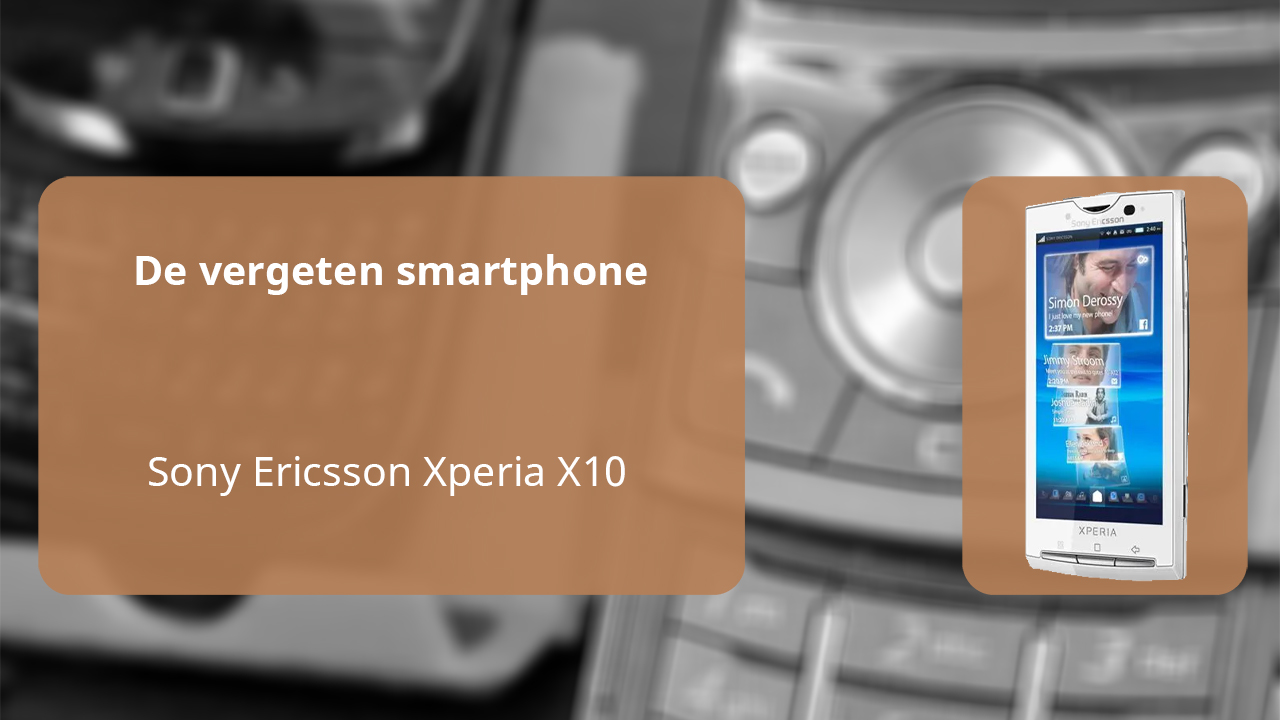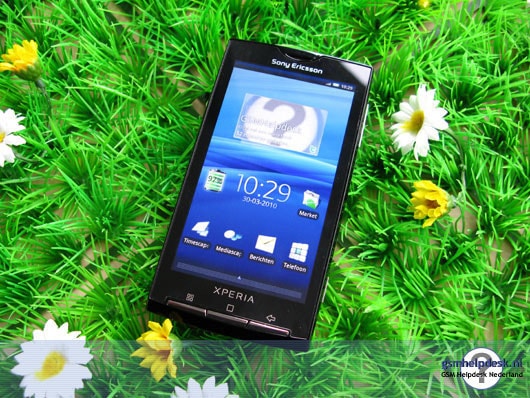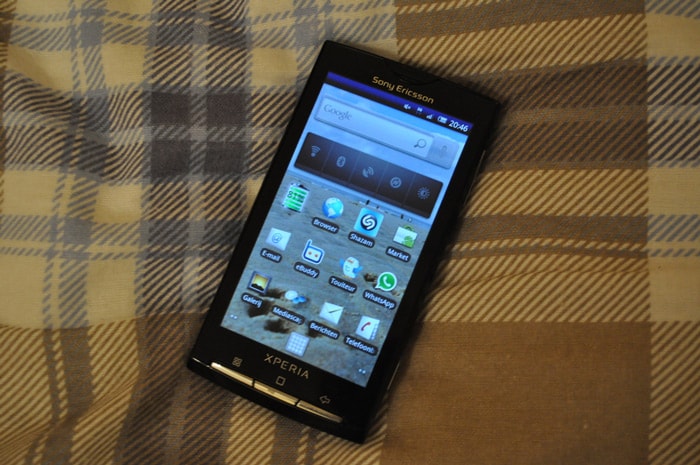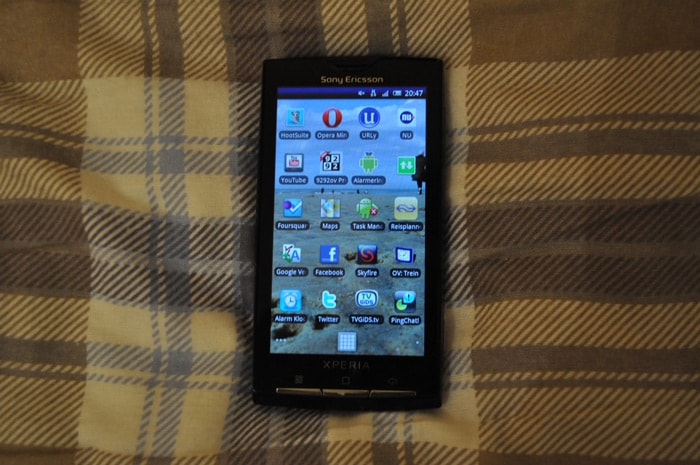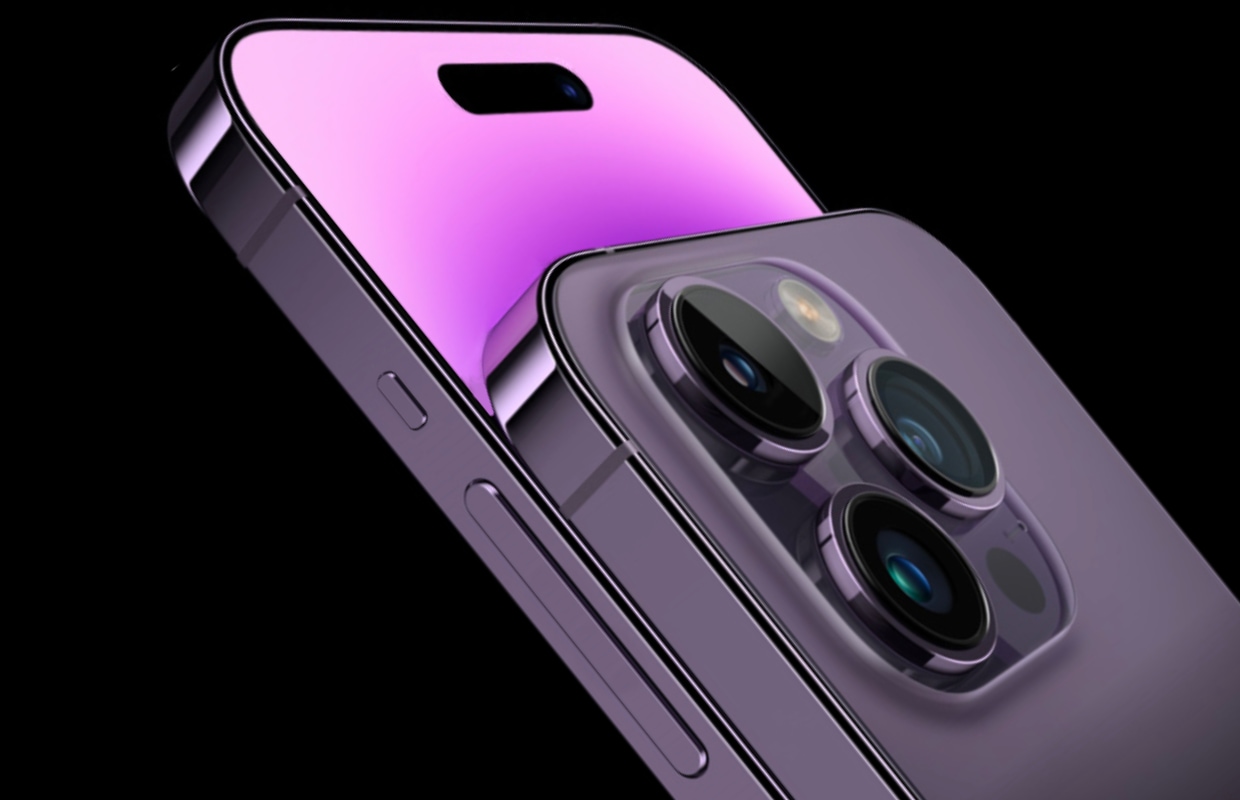The forgotten smartphone: Sony Ericsson Xperia X10
A device that we should not forget in our section ‘The forgotten smartphone’ is of course the Sony Ericsson Xperia X10. With this smartphone, Sony Ericsson managed to score high. The X10 was my first Android smartphone for private use and I review it in a new episode of The Forgotten Smartphone.
Contents
Sony Ericsson Xperia X10
The Sony Ericsson Xperia X10 was released in 2010 and was Sony Ericsson’s first Android device. The phone surfaced before March 2010 under different names such as Xperia X3 and Rachael as a code name. The HTC Desire was also released around the same time as the X10 was released, these two devices were very evenly matched and that made the choice difficult for me. It eventually became the Xperia X10.
The device was equipped with a large screen with a size of 4.0 inches for that time. It had a resolution of 854 x 480 pixels. It was striking that this screen was a capacitive touchscreen, so you didn’t have to operate it with your nail or stylus. Below the screen were three physical keys between which lighting could be found. AMOLED became hip, but Sony stuck to the TFT screen with the X10.
No multi-touch
A disadvantage of the Xperia X10 was that the device did not support multitouch. It was not possible to ‘pinch’ or pinch with two fingers and therefore zoom in and out with this. Later, Sony released a software update that allowed you to use multitouch.
The smartphone was the predecessor of the Sony Ericsson Xperia Arc which was even more beautiful in design. The phone had a plastic housing and was easy to hold due to the curves at the back. The Micro-USB port was closed with a cover. At the bottom there was even a possibility to attach a telephone hanger to the X10.
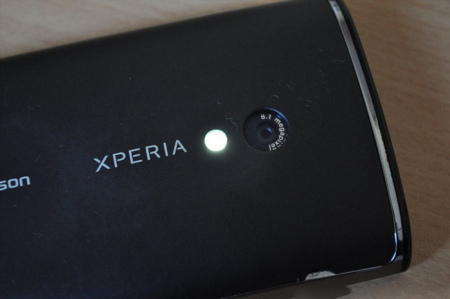
Sony Ericsson released the Xperia X10 in two colors; glossy piano lacquer white and matt black. When the Xperia X10 came out I was immediately sold and you can rest assured that I watched the promotion videos of the X10 on YouTube a dozen times, as you will find later in this article. I chose the matte black version of the X10.
Mediascape and Timescape
The contacts app was expanded on the X10. This gave you direct access to the mail conversations with that person and you could link the Facebook, Hyves or Twitter profile using Timescape. Updates from that person were then shown to him or her.
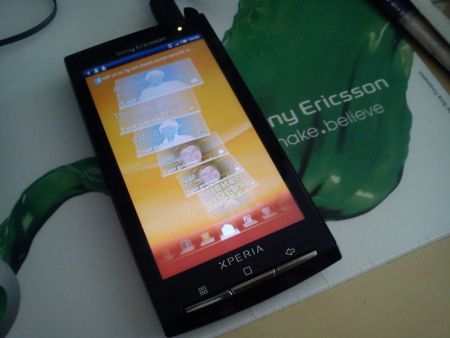
Timescape made it possible to link social media accounts and to bundle updates from social media, mail, SMS and the like in a sleek map view. Beautiful on paper, beautiful in practice, but not always practical. Seven years ago I made this video of Timescape and Mediscape on the Xperia X10.
Another application that Sony had fully invested in was Mediascape. Here you could retrieve photos from online accounts such as Facebook and Google Picasaweb. In addition, it was possible to show photos that you had taken with your device. In addition to photos, videos and music were also bundled in the stylish application. The keyboard of the X10 was nice, because it could (uniquely for the time) not only predict words, but also entire sentences.
Another special thing was the display of the incoming call. You had to swipe across a semicircle to answer, not very ideal now that we know how to answer the phone, but it did look neat. Fortunately I was able to find several photos of the device in my archive.
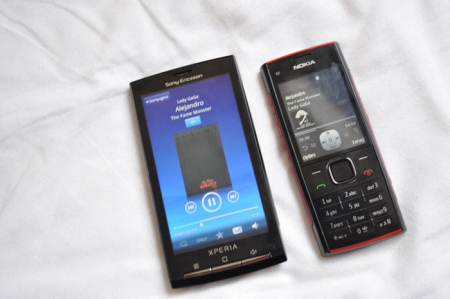
With 1500 mAh battery capacity, the Xperia X10 was equipped with a large capacity for that time. I was allowed to review the device for GSM Helpdesk and the battery was labeled as ‘great’. There was also the single-core processor with a calculation speed of 1GHz and 384MB of RAM. If we (as in the video above) had the speed of that smartphone, we would have quickly thrown it into the corner.
Camera and Android
The Sony Ericsson Xperia X10 was equipped with an 8.1 megapixel camera with which I could shoot beautiful pictures. A front camera was not present on the device. Although there were some points for attention, the quality certainly did not disappoint. The phone was released with Android 1.6 Donut and was later updated to Android 2.1 Eclair and Android 2.3 Gingerbread. The photos below show the Xperia X10 with Android 2.1.
It is striking that Donut did not offer standard support for the LED flash and digital zoom, Sony has tinkered with it itself so that it was possible to use this. I was able to find some more photos I took with the Xperia X10.
The Sony Ericsson Xperia X10 entered the market with a price tag of around 500 euros. I enjoyed the device for two years, then it was time for a new smartphone; that’s how things go :).
Sony Ericsson Xperia X10 summarized in 5 points:
- First Android smartphone from Sony Ericsson
- No multi-touch
- Sony added digital zoom and flash support to Android 1.6 Nougat
- No front camera
- Was in the rumor mill
